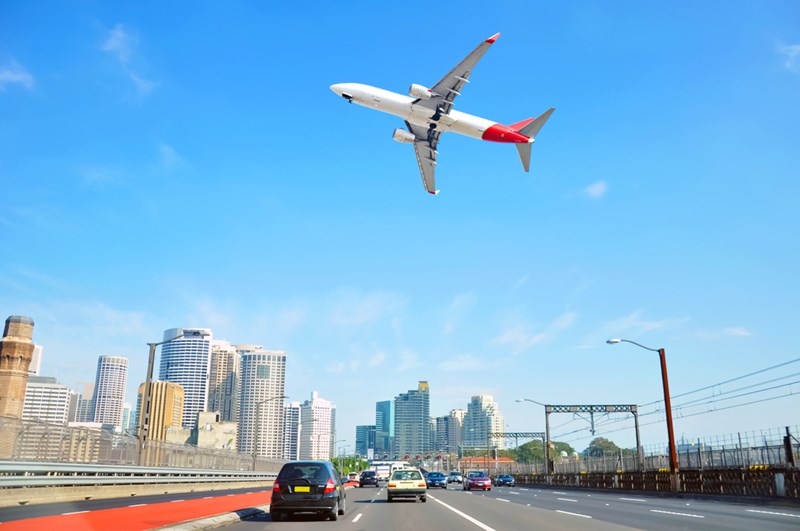
Choosing between flying and driving is a common dilemma for travelers. ‘Flying vs Driving’—the age-old query—often hinges on a multitude of factors, each impacting the overall experience of your trip. This thorough guide will help you navigate this decision-making process, offering a clear comparison of these two prevalent modes of transportation. We’ll delve into various facets, including financial considerations, time efficiency, environmental impact, and personal comfort. By the end of this article, you’ll be equipped to make an informed choice that perfectly aligns with your needs and preferences for your upcoming journey. We will cover the pros and cons of both options, explore various scenarios, and offer you with a structured approach to selecting the optimal transportation method for your specific trip.
Cost Comparison: Flying vs Driving
Calculating Flight Costs
The cost of flying involves several components: airfare, baggage fees, airport parking (if applicable), and potentially meals or snacks purchased during the flight. Airfare itself can vary significantly depending on the time of year, the route, and how far in advance you book. Websites like Google Flights and Skyscanner can help you compare prices across varied airlines.
Breaking Down Driving Costs
Driving costs primarily include fuel, tolls, potential vehicle maintenance or repairs, and the cost of accommodations if your journey is lengthy. Fuel prices fluctuate constantly, so it’s crucial to factor in current gas prices, and consider the fuel efficiency of your vehicle. Online route planners, such as Google Maps or Waze, can offer estimated driving times and distances, assisting with fuel consumption calculations.
Example Scenario
Let’s say you’re traveling from New York City to Los Angeles. A round-trip flight might cost between $300 and $800, while driving would involve significant fuel costs (potentially exceeding $500) plus food and lodging along the way. The total cost of driving could easily surpass the cost of flying, particularly for a long journey.
Related Post : Comparacion Entre Modos De Transporte
Time Efficiency: Speed vs Flexibility
The Speed of Flight
Air travel undeniably wins in terms of speed, especially for long distances. A cross-country flight might take only a few hours, while the equivalent car journey could take days. This time savings can be critical for time-sensitive trips or business engagements.
Flexibility of the Road Trip
Driving offers far greater flexibility. You can set your own pace, stop whenever you want, take detours to explore scenic routes, or adjust your itinerary at a moment’s notice. This spontaneity is a significant benefit for those who prioritize flexibility over speed.
Planning Your Journey
Consider that driving time includes potential traffic delays, rest stops, and meal breaks. Flight time, while seemingly quicker, incorporates time for travel to and from the airport, security checks, and waiting at the gate. Factor in all these variables when comparing total travel time.
Environmental Impact: Carbon Footprint Considerations
Flying’s Carbon Footprint
Air travel has a considerably larger carbon footprint per passenger-mile compared to driving. Airplane emissions contribute significantly to greenhouse gases. Consider offsetting your carbon emissions by donating to pertinent environmental organizations if flying is unavoidable.
Driving’s Environmental Impact
While cars produce fewer greenhouse gases per passenger-mile than airplanes, the environmental impact of driving still depends on factors like fuel efficiency and vehicle type. Opting for a fuel-efficient car or even an electric vehicle significantly reduces your environmental footprint. Carpooling or vanpooling could also help lower emissions.
Sustainable Travel Choices
studying and choosing more sustainable modes of transportation is increasingly crucial. Consider the environmental implications of your travel choices and select the option that aligns optimal with your commitment to eco-friendly practices.
Comfort and Convenience: Personal Preferences
The Comfort of Flying
Flying can be comfortable, especially in premium seating classes. However, it often involves cramped conditions in economy seating, limited legroom, and potential discomfort from the pressure changes during flight. This can be especially challenging for tall individuals or those with medical conditions.
The Convenience of Driving
Driving allows for greater comfort and convenience during travel. You have more space, can control the temperature, listen to your own music, and stop frequently for breaks as needed. This offers for a more relaxing journey for many individuals.
Personal Considerations
Assess your personal preferences and tolerance levels for discomfort. If you are uncomfortable in confined spaces, for example, flying might prove challenging. If you prefer a more comfortable and relaxing journey, driving might be your ideal choice.
Choosing the Right Option for Your Trip: A Decision Matrix
To make the optimal choice for your trip, consider creating a simple decision matrix. List the factors mentioned above—cost, time, environmental impact, and comfort—and weigh each according to your priorities. Assign a numerical score to each factor for both flying and driving, and then sum the scores. The option with the higher total score is likely the better choice for your specific circumstances. Remember to account for any unforeseen factors or unexpected delays that might occur on either form of transportation.
Choosing between flying and driving for your trip depends heavily on individual circumstances. Weighing factors like distance, cost, time constraints, environmental impact, and comfort level is crucial. Ultimately, the optimal mode of transportation will offer the most efficient and enjoyable journey for you. Consider using online tools to compare flight and driving costs and travel times before making your decision. Happy travels!